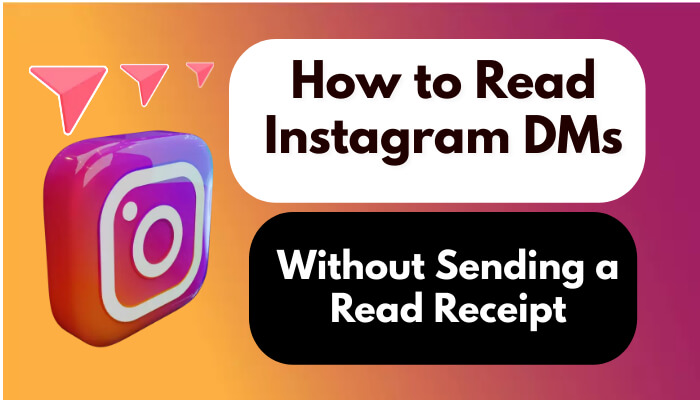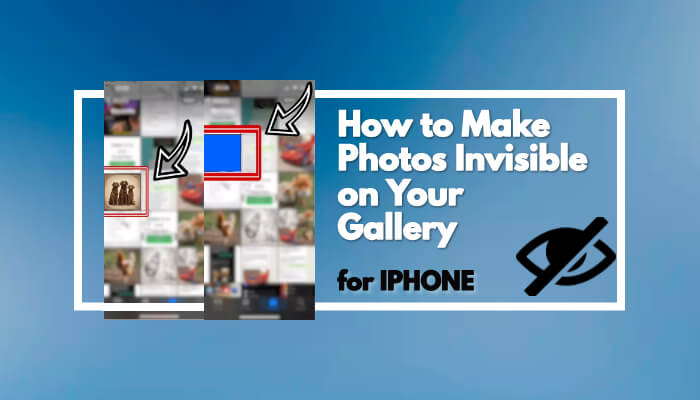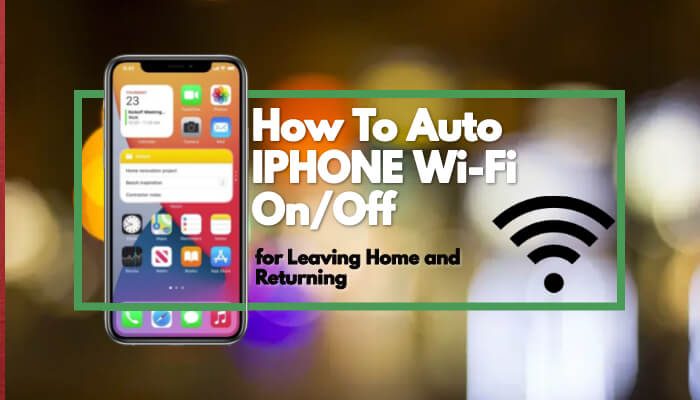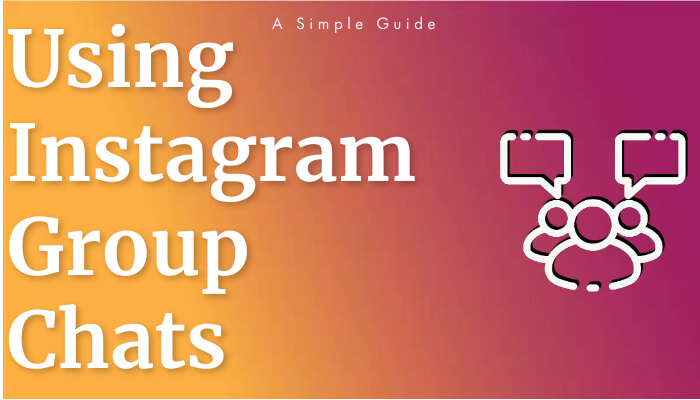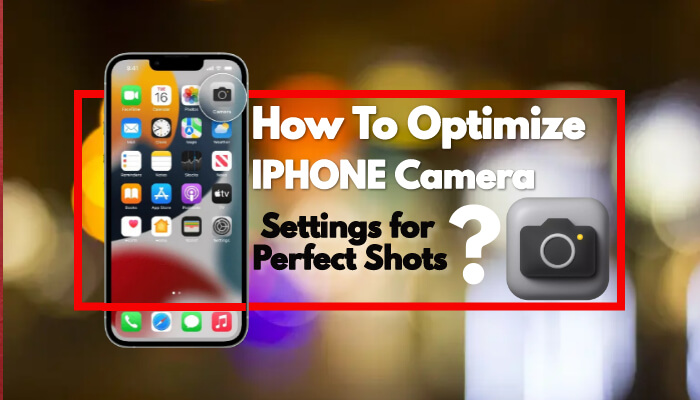
In the ever-evolving world of smartphone cameras, the competition is fierce. Apple's iPhone 15 Pro Max and Samsung's S23 Ultra are at the forefront of this battleground, offering remarkable camera capabilities. In this comprehensive comparison, we'll dive deep into their camera performance, exploring various aspects and features.
Front Cameras: A Focus on Skin Tones
Front cameras have come a long way, and both the iPhone 15 Pro Max and Samsung S23 Ultra are vying for the spotlight.
iPhone's Skin Tone Focus: While the iPhone may not have seen dramatic improvements in this department over the years, there's a noticeable focus on skin tones. The iPhone's ability to capture accurate skin tones becomes evident when compared side by side with the Samsung. Colors appear truer and more natural on the iPhone, giving you an edge in selfie quality.
Samsung's Selfie Camera: However, Samsung hasn't slacked off either. They've invested heavily in their selfie camera, resulting in better background blur and overall sharpness. Samsung tends to take more flattering photos, which can be great for most users.
Vlogging Superiority: For vlogging, though, the iPhone takes the lead in video quality on the selfie camera. Its superior dynamic range and resistance to grain in low-light conditions make it a top choice for content creators.
Zoom Capabilities: A Clash of Approaches
Zoom is a complex aspect to compare, as both phones employ different strategies.
iPhone's 5x Optical Zoom: The iPhone boasts a single 5x optical zoom lens, while the Samsung offers both 3x and 10x optical zoom lenses.
Zoom Battle: The battle in the zoom department is a close one. Samsung performs better between 3x and 5x optical zoom, with more detail and background blur. However, once you hit the 5x mark, the iPhone takes the lead, thanks to its high-quality 5x lens.
Video Zoom: In video, the iPhone consistently outperforms the Samsung at all zoom levels. Its wider aperture allows for better low-light performance, making it the preferred choice for zoomed video content.
Camera Apps: Fun vs. Practicality
Camera apps play a significant role in the user experience.
Samsung's Fun Camera App: Samsung's camera app has historically been fun and feature-rich. It offers a plethora of creative modes, like Food Mode and Single Take, making photography enjoyable.
iPhone's Practical Camera App: On the other hand, the iPhone camera app has evolved to prioritize practicality over creativity. While gestures and adjustments may feel cumbersome at times, it offers a more straightforward user experience.
Advantage: In the camera app category, the iPhone takes the lead, offering a smoother and more practical experience.
Audio: Capturing Clear Sound
Both phones excel at capturing clear sound, especially in quiet environments. However, as background noise levels increase, they begin to diverge.
iPhone's Natural Sound: The iPhone tends to capture more background noise but maintains the natural richness of voices.
Samsung's Noise Reduction: Samsung employs noise reduction, resulting in reduced background noise but sometimes affecting the lower tones in voices.
Portrait Mode: Doubling Production Value
Portrait mode is a favorite for enhancing the production value of photos.
New iPhone Portrait Features: The iPhone 15 Pro Max introduces improvements, but it faces off against the Samsung S23 Ultra's solid performance. The iPhone now allows you to apply portrait mode after taking a photo, offering greater flexibility.
Resolution Advantage: A significant advantage for the iPhone is its ability to capture 24-megapixel portraits with the main camera, compared to Samsung's 12-megapixel portraits. This higher resolution can make a noticeable difference when you zoom into daytime shots.
Draw: In the portrait mode category, it's a draw, with both phones showcasing their strengths and unique features.
Special Features: Cinematic Mode, Slow-Mo, and Macro
Special features like Cinematic Mode, slow-motion, and macro mode add versatility to smartphone cameras.
Samsung's Advancement: Cinematic Mode has improved on both phones, with Samsung catching up to Apple's lead. Slow-motion capabilities are also better, with Samsung offering 960 FPS super slow-mo with slightly better quality.
Macro Mode: Macro mode performance is similar on both phones, with subtle differences in style.
Category Win: In the special features category, Samsung takes a slight lead, mainly due to its super slow-mo capabilities.
Video: A Tight Competition
Video has historically been an iPhone stronghold, but the Samsung S23 Ultra has narrowed the gap.
Improved Samsung Video HDR: Samsung's video HDR has improved significantly and often outperforms the iPhone in handling challenging lighting scenarios.
iPhone's Advantages: However, the iPhone has several advantages in video. It offers higher detail, better skin tone accuracy, and superior resistance to grain in low-light conditions.
Advantage Maintained: In video, the iPhone 15 Pro Max maintains its lead, offering superior performance in most scenarios.
Daytime Photos: Megapixels Matter
Daytime photos are crucial for most users, and here's where the iPhone shines.
iPhone's 24-Megapixel Default Mode: With a default 24-megapixel mode during the day, the iPhone 15 Pro Max leverages its higher resolution, providing greater detail and clarity.
Samsung's Style: While Samsung's poppy and larger-than-life style may appeal to some, the iPhone's consistent use of 24 megapixels sets it apart.
Advantage: In this comprehensive camera battle, the iPhone 15 Pro Max emerges as the winner, showcasing its prowess in various categories.
Keep in mind that your personal preferences and priorities may influence your choice, so consider what matters most in your smartphone photography experience. Both phones offer remarkable camera capabilities, and the competition continues to drive innovation in the world of smartphone photography.

